8.4K Views
Stream Flashlights With Lighting to Spare

by
Jason Metcalfe
(IC: )
Stream flashlights get their name for their capability to cast beams for a considerable range. Obviously, stream flashlights must make use of a substantial amount of power to do this feat, and also they likewise depend on reflectors to concentrate the beam of light. The ranges accomplished are normally between fifty and also one hundred yards of the user.
Flashlights that stream therefore have to restrict the variety of photons that emit external into the periphery of vision lest excessive power be used up. This is a clear departure from the majority of flashlight styles that illuminate the whole field of vision at the cost of not having the ability to see really away. We wind up with 2 flashlight courses, the standard kind that disperses light in broad beams, and also the streaming kind that shoots out a narrow beam.
There are two separate steps of luminescent output pointed out in the literature advertising flashlights, in some cases triggering confusion. One measure is total luminance, or complete number of lumens discharged by the light bulb. The various other procedure is luminescent strength, or the number of lumens per unit location.
The effectiveness of each procedure relies on just how suitably it puts on a given application. An extreme example most ideal for overall lumens is a nude incandescent light bulb, as the light radiates out spherically. An extreme example where intensity well applies is the laser beam of light.
Such quantitative measures are also only quasi-meaningful to us humans, that pick up illumination rather subjectively. It is very tough to contrast 2 products based exclusively on published luminous result scores and figure out effectively which will appear brighter (unless the two styles are identical). Better wases initially to recognize the flashlight course (stream light or general-purpose), and also better yet is to experiment with the items firsthand.
Designing streaming lights requires dealing with light bulbs that have both high luminous performance (for draining photons) and also radiation patterns that are narrow yet not excessively so. Reflectors aid to further define the beam of light width and also to forecast it in a non-dispersive path. Finally, the amount of battery power is picked according to the wanted tradeoff in between mobility and also beam of light intensity.
The light sending out diode (LED) is now the bulb of choice for all high performance flashlights. Its luminous performance is at least an order of size above that of the incandescent bulb.
However, the LED has an all-natural radiation pattern that is very slim, actually also narrow even for streaming functions. Suppliers of LEDs have created techniques such as semispherical shaping and tilted faceting that widen the beam of light radiation pattern by a beneficial amount. Developers therefore select this kind of LED for their streaming light.
Reflectors have actually been made use of for ages in traditional flashlights due to the fact that incandescent bulbs need as much assistance as they can obtain. But general-purpose LED flashlights have the tendency to do without reflectors so about get as dispersive a beam of light as possible. To create a long distance light stream, however, a reflector becomes invaluable.
Excessive battery power hinders the flashlight's operability; inadequate makes a light beam not bright sufficient. Under these restraints, the brightest stream flashlight creates well over 750 lumens as well as executes for ONE HUNDRED yards. The weakest is still apt to put out over 500 lumens.
Truly, all the light beams in this classification have sufficient lighting to spare. You will be surprised at just how much you can see with stream flashlights.
Flashlights that stream therefore have to restrict the variety of photons that emit external into the periphery of vision lest excessive power be used up. This is a clear departure from the majority of flashlight styles that illuminate the whole field of vision at the cost of not having the ability to see really away. We wind up with 2 flashlight courses, the standard kind that disperses light in broad beams, and also the streaming kind that shoots out a narrow beam.
There are two separate steps of luminescent output pointed out in the literature advertising flashlights, in some cases triggering confusion. One measure is total luminance, or complete number of lumens discharged by the light bulb. The various other procedure is luminescent strength, or the number of lumens per unit location.
The effectiveness of each procedure relies on just how suitably it puts on a given application. An extreme example most ideal for overall lumens is a nude incandescent light bulb, as the light radiates out spherically. An extreme example where intensity well applies is the laser beam of light.
Such quantitative measures are also only quasi-meaningful to us humans, that pick up illumination rather subjectively. It is very tough to contrast 2 products based exclusively on published luminous result scores and figure out effectively which will appear brighter (unless the two styles are identical). Better wases initially to recognize the flashlight course (stream light or general-purpose), and also better yet is to experiment with the items firsthand.
Designing streaming lights requires dealing with light bulbs that have both high luminous performance (for draining photons) and also radiation patterns that are narrow yet not excessively so. Reflectors aid to further define the beam of light width and also to forecast it in a non-dispersive path. Finally, the amount of battery power is picked according to the wanted tradeoff in between mobility and also beam of light intensity.
The light sending out diode (LED) is now the bulb of choice for all high performance flashlights. Its luminous performance is at least an order of size above that of the incandescent bulb.
However, the LED has an all-natural radiation pattern that is very slim, actually also narrow even for streaming functions. Suppliers of LEDs have created techniques such as semispherical shaping and tilted faceting that widen the beam of light radiation pattern by a beneficial amount. Developers therefore select this kind of LED for their streaming light.
Reflectors have actually been made use of for ages in traditional flashlights due to the fact that incandescent bulbs need as much assistance as they can obtain. But general-purpose LED flashlights have the tendency to do without reflectors so about get as dispersive a beam of light as possible. To create a long distance light stream, however, a reflector becomes invaluable.
Excessive battery power hinders the flashlight's operability; inadequate makes a light beam not bright sufficient. Under these restraints, the brightest stream flashlight creates well over 750 lumens as well as executes for ONE HUNDRED yards. The weakest is still apt to put out over 500 lumens.
Truly, all the light beams in this classification have sufficient lighting to spare. You will be surprised at just how much you can see with stream flashlights.
{
"id": "3505506",
"alt": "",
"title": "",
"video_link": "https://www.youtube.com/embed/y8S7rE-3qjk",
"youtube_video_id": "y8S7rE-3qjk"
}
{
"width": 634,
"height": 357,
"showRelated": true
}
Enjoyed the project?
Published April 25th, 2024 3:22 PM







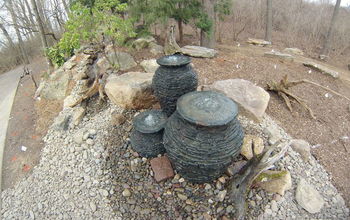
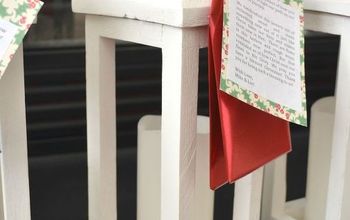






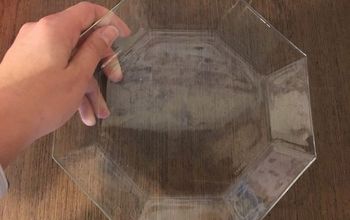




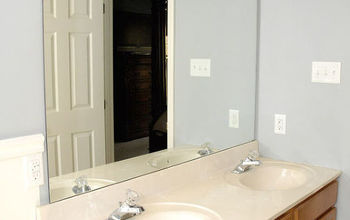

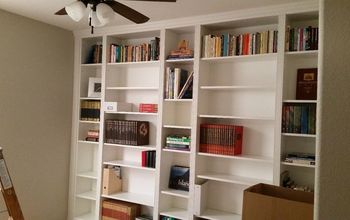

Frequently asked questions
Have a question about this project?